Weak tomato plants - not strong
717west
8 years ago
Featured Answer
Sort by:Oldest
Comments (18)
rgreen48
8 years agozzackey
8 years agoRelated Professionals
Ballwin Landscape Architects & Landscape Designers · Glendora Landscape Architects & Landscape Designers · Brookside Landscape Contractors · Belmont Landscape Contractors · Chesapeake Ranch Estates Landscape Contractors · Darien Landscape Contractors · Englewood Landscape Contractors · Fort Myers Landscape Contractors · Hollywood Landscape Contractors · Kearny Landscape Contractors · Nashua Landscape Contractors · North Chicago Landscape Contractors · Tavares Landscape Contractors · Weslaco Landscape Contractors · Brenham Driveway Installation & Maintenancegrubby_AZ Tucson Z9
8 years agodonna_in_sask
8 years agojnjfarm_gw
8 years agobeesneeds
8 years agotheforgottenone1013 (SE MI zone 5b/6a)
8 years agolgteacher
8 years agodrmbear
8 years ago717west
8 years ago717west
8 years agoPeter (6b SE NY)
8 years agolast modified: 8 years agorgreen48
8 years agolast modified: 8 years agodigdirt2
8 years ago717west
8 years agokathyb912_in (5a/5b, Central IN)
8 years agolgteacher
8 years ago
Related Stories

EDIBLE GARDENSSummer Crops: How to Grow Tomatoes
Plant tomato seedlings in spring for one of the best tastes of summer, fresh from your backyard
Full Story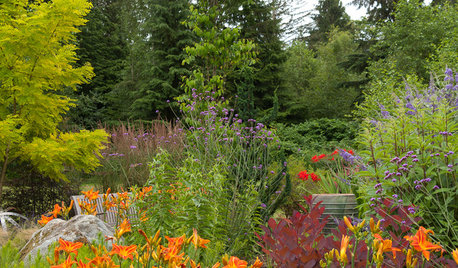
PLANTING IDEASGreat Garden Combo: Planting for Fiery Color and Beautiful Wildlife
Draw winged wonders while maintaining a strong design aesthetic to please human visitors to your garden year-round
Full Story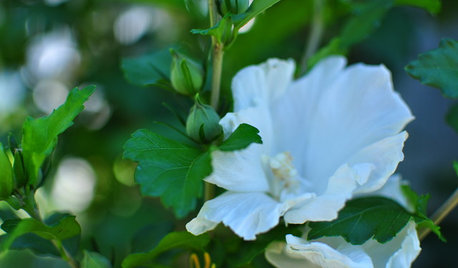
GARDENING GUIDESMid-Atlantic Gardener's August Checklist
Bring in the bounty of tomatoes, savor the show of grasses and start seeding some cool-season plants
Full Story
EDIBLE GARDENSGarden BFFs? Why Your Vegetables Are Begging for Companion Plants
Foster friendships among plants for protection from pests, pollination support and color camaraderie
Full Story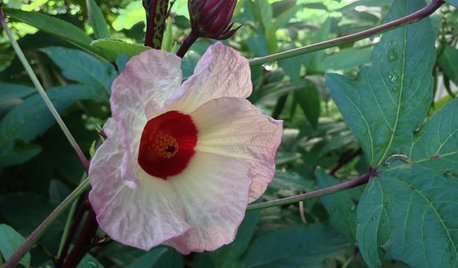
EDIBLE GARDENSGreat Design Plant: Roselle Tantalizes With Beauty and Flavor
Call it a fruit or a flower or a sweet vegetable. This hibiscus is so lovely, all that matters is calling it forth in your garden
Full Story
GARDENING GUIDESGreat Garden Combo: 3 Wonderful Plants for a Deer-Resistant Screen
Protect your privacy and keep deer at bay with a planting trio that turns a problem garden area into a highlight
Full Story
LANDSCAPE DESIGNGreat Design Plant: Retreat to the Shade of Hardy Catalpa
Big foliage and a towering height provide a shady respite in summer, but that's not all hardy catalpa offers dedicated gardeners
Full Story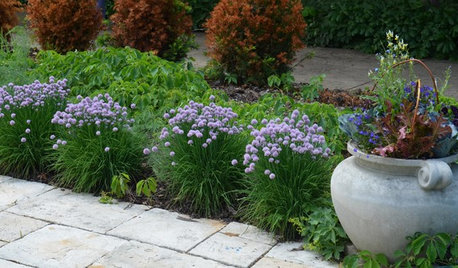
GARDENING GUIDESEdible Plants That Double as Ornamentals
Try growing these tasty plants with your ornamentals for an attractive garden and fresher meals
Full Story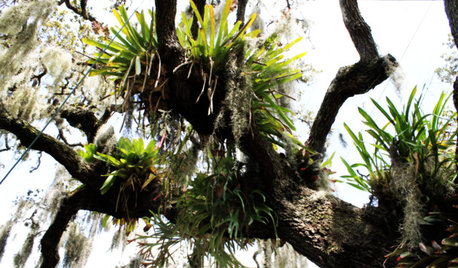
GARDENING GUIDESGot a Hot, Humid Landscape? Add Tropical Flair With Air Plants
Turn tree trunks and walls into lush canvases with plants adapted to the canopies of the rainforest
Full Story
LANDSCAPE DESIGNThe 7 Best Plant Types for Creating Privacy and How to Use Them
Follow these tips for using different kinds of plants as living privacy screens
Full Story





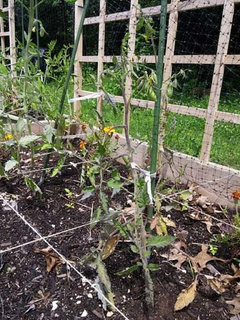

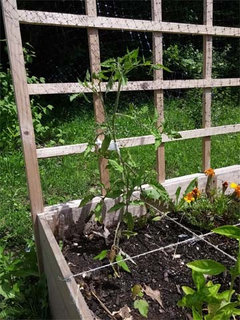
theforgottenone1013 (SE MI zone 5b/6a)